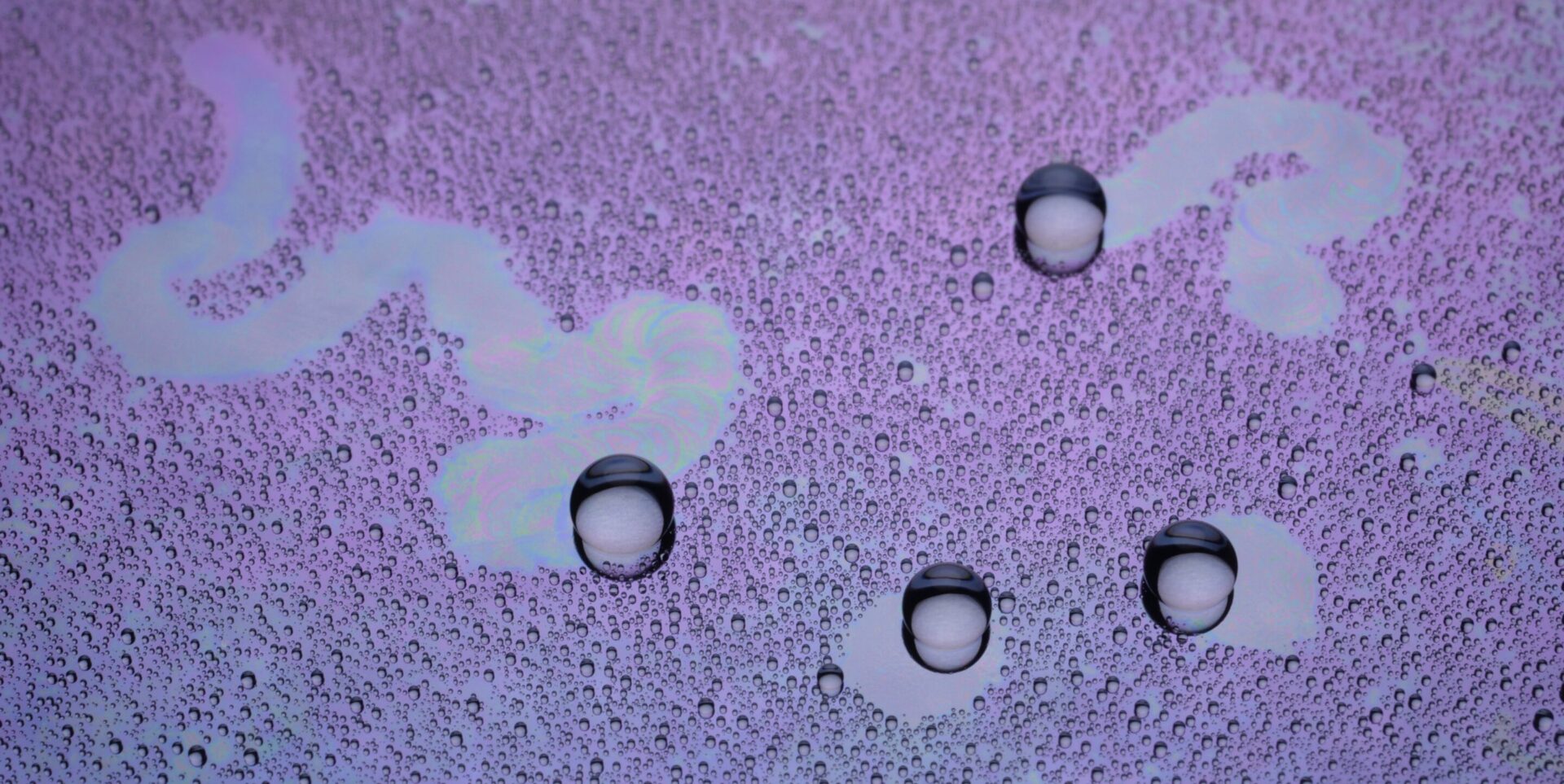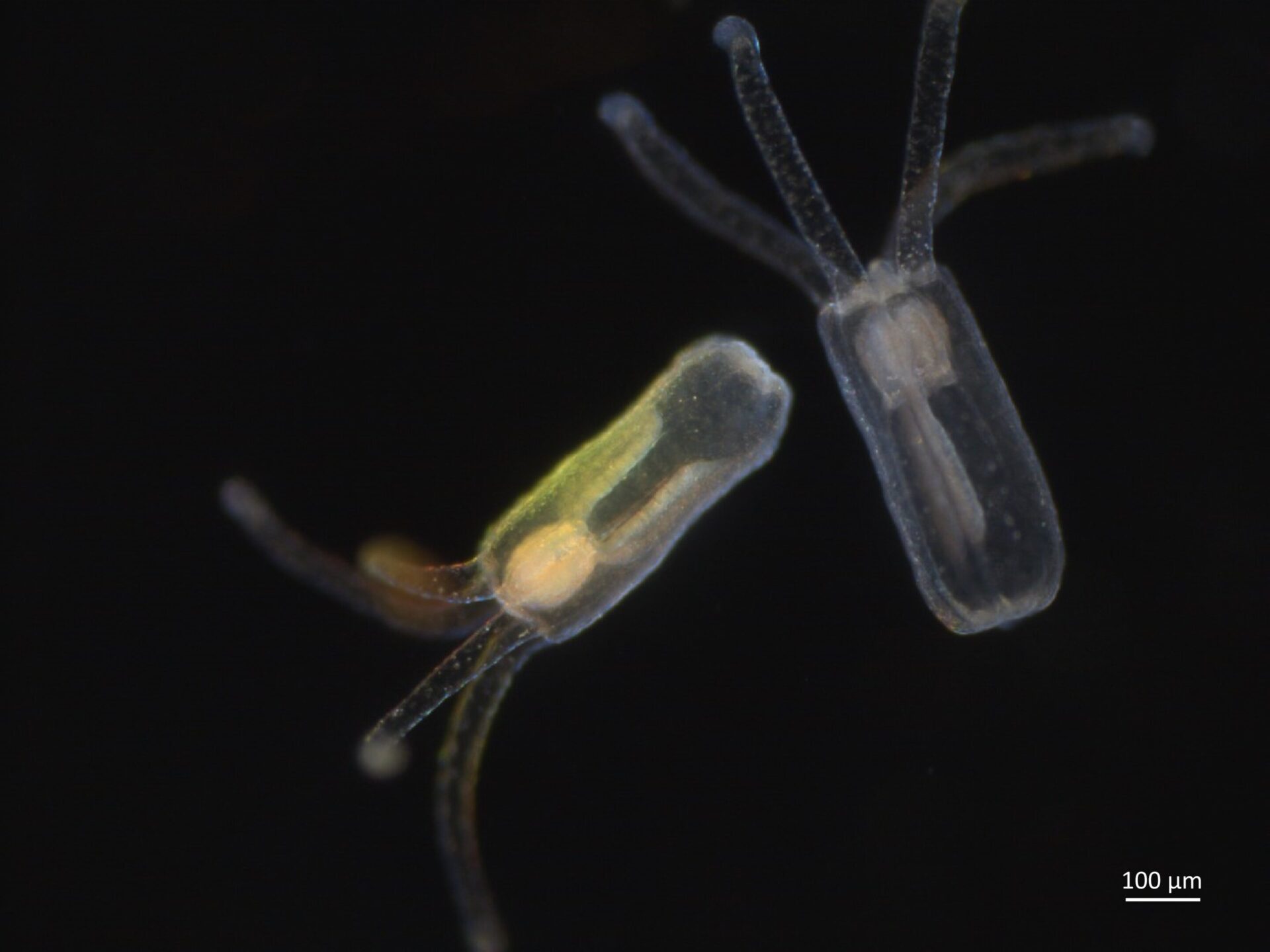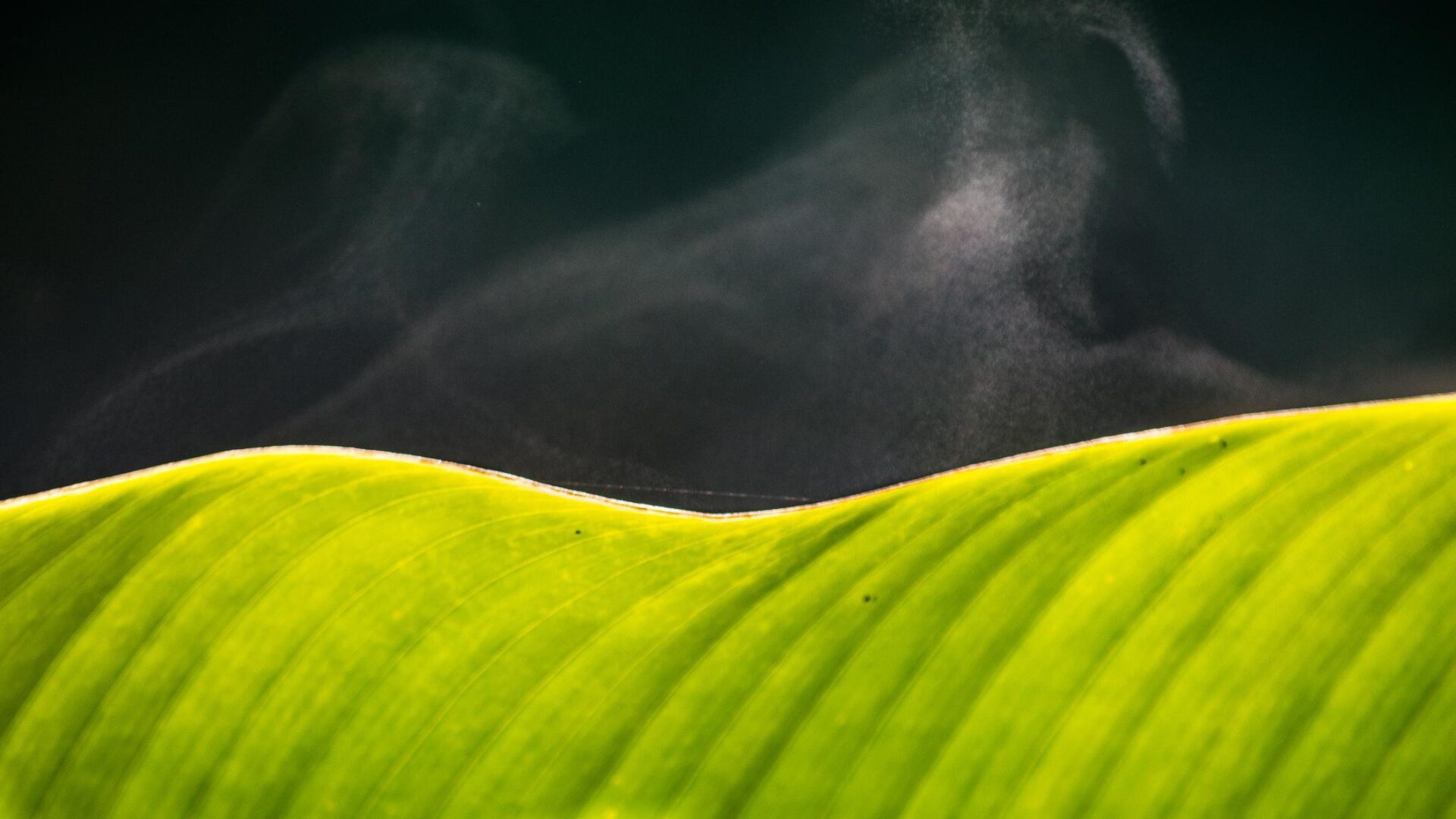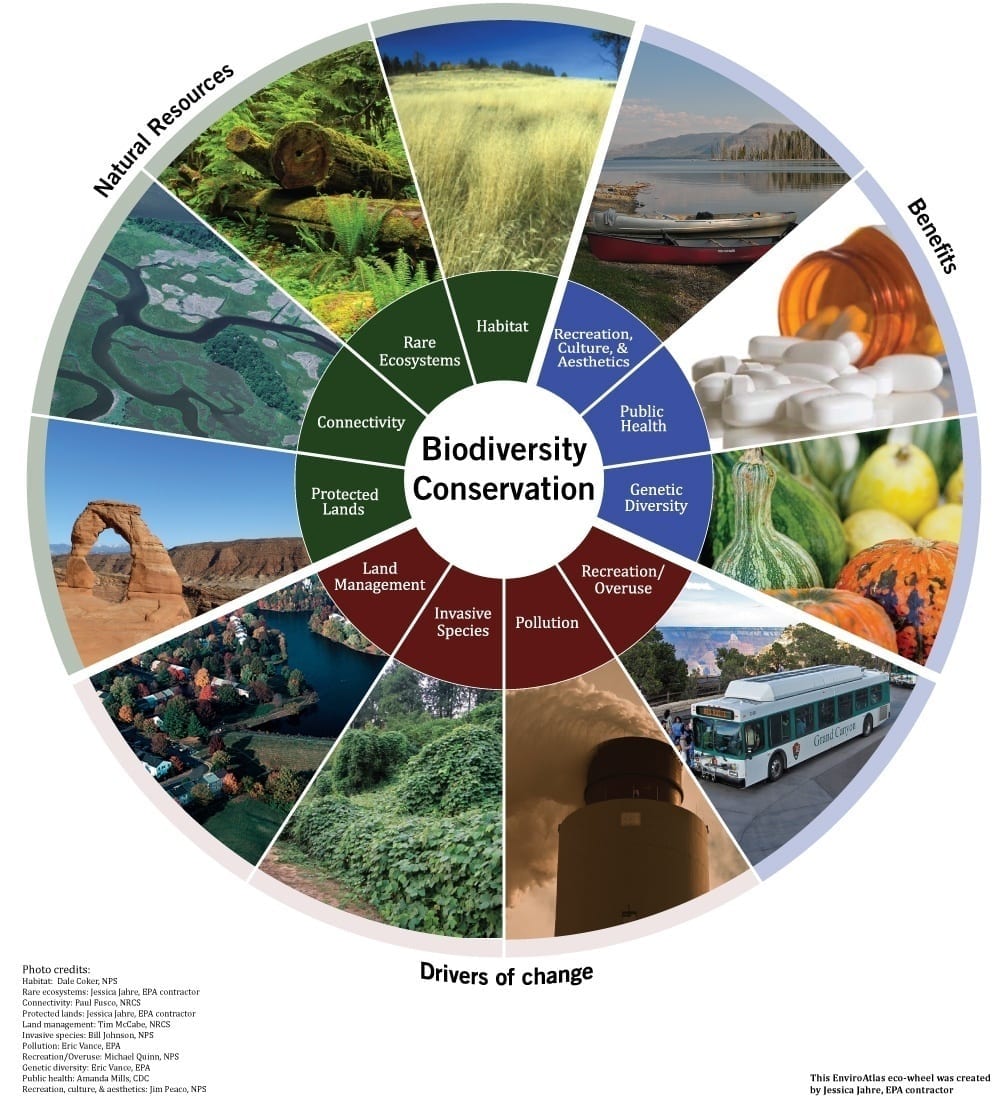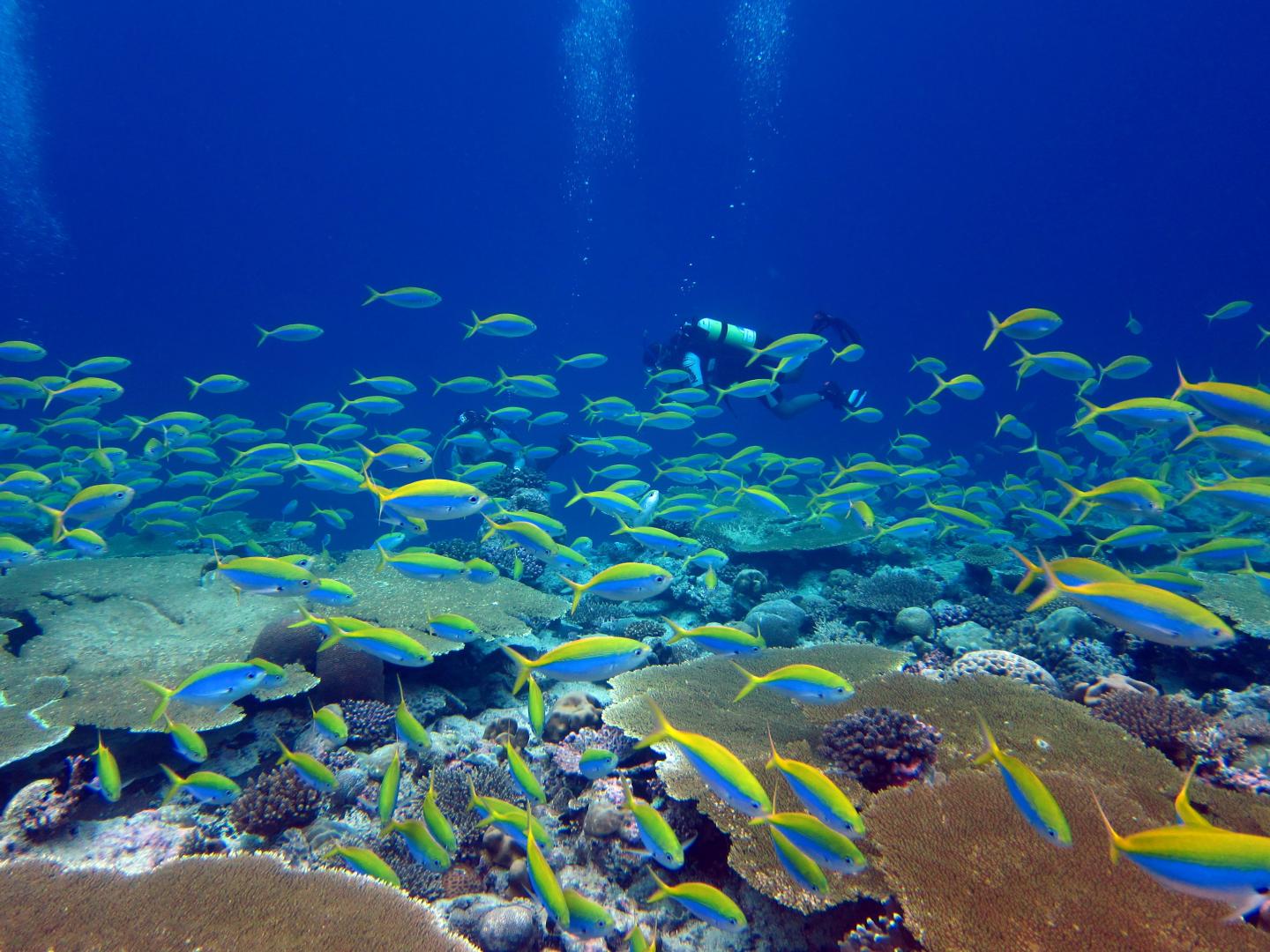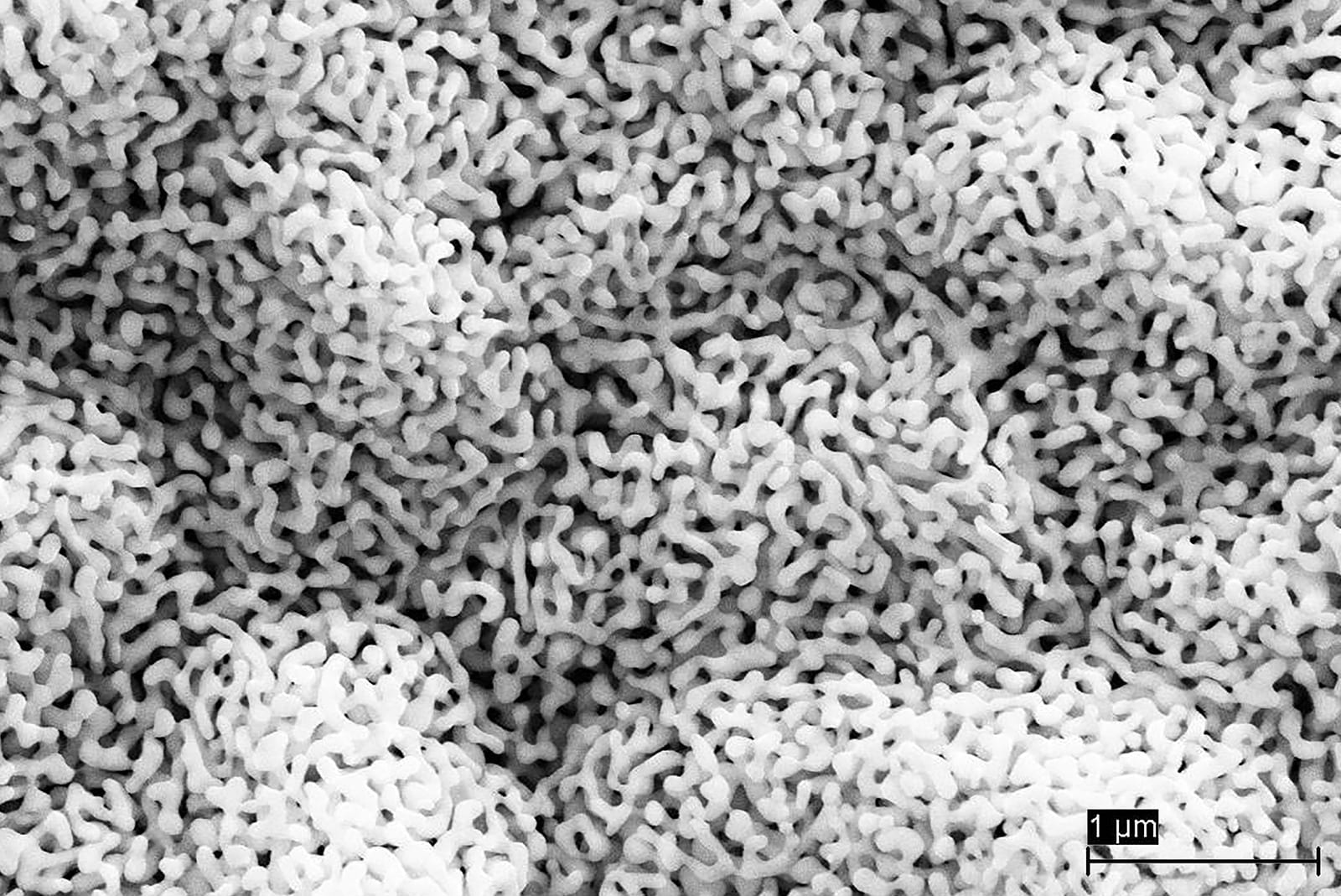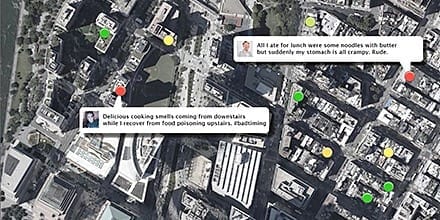
Gaps in our information about biodiversity means we are at risk of focussing our conservation efforts in the wrong places.
New research from Newcastle University, UK, University College London (UCL) and the University of Queensland, Australia, highlights the uncertainty around our global biodiversity data because of the way we record species sightings.
The study explains how a lack of information about a species in a particular location doesn’t necessarily mean it’s not there and that recording when we don’t see something is as important as recording when we do.
Publishing their findings today in the academic journal Biology Letters, the team say we need to change the way we record sightings – or a lack of them – so we can better prioritise our conservation efforts in light of the Convention on Biological Diversity.
Dr Phil McGowan, one of the study’s authors and a Senior Lecturer in Biodiversity and Conservation at Newcastle University, said:
“Where there is no recent biodiversity data from an area then we might assume a species is no longer found there, but there could be a number of other possible reasons for this lack of data.
“It could be that its habitat is inaccessible – either geographically or due to human activity such as ongoing conflict – or perhaps it’s simply a case that no-one has been looking for it.
“Unless we know where people have looked for a particular species and not found it then we can’t be confident that it’s not there.”
To test the research, the team used the rigorously compiled database of European and Asian Galliformes – a group of birds which includes the pheasant, grouse and quail.
“Our long-standing love of the Galliformes goes back hundreds of years which means we have records that are likely to be much better than for other groups of animals or plants,” explains Dr McGowan.
“Not only have these birds been hunted for food, but their spectacular colours made them valuable as trophies and to stock the private aviaries of the wealthy. In the late 1800s and the turn of the last century, the Galliformes were prized specimens in museum and private collections and today they are still a favourite with bird watchers.”
Analysing 153,150 records dating from 1727 to 2008 and covering an area from the UK to Siberia and down to Indonesia, the team found that after 1980, there was no available data at 40% of the locations where Galliformes had previously been present.
The study suggests two possible scenarios.
Dr Elizabeth Boakes, the study’s lead author and a teaching fellow at University College London, said:
“We have no evidence of populations existing past 1980 in 40% of our locations. However, absence of evidence is not evidence of absence.
“One scenario is that populations have been lost from these areas, probably due to hunting or habitat loss. The other scenario is that the species are still locally present but that nobody has been to look for them.
“Our study shows that which scenario you choose to believe makes a huge difference to measures used in conservation priority-setting such as species richness and geographic range. It’s important that we make the right call and that means a big shake up in the way we currently monitor biodiversity.
“We need to record what we don’t see as well as what we do see and we need to be recording across much wider areas.”
Learn more: Scientists call for a shake-up in the way we record biodiversity
The Latest on: Biodiversity and Conservation
[google_news title=”” keyword=”Biodiversity and Conservation” num_posts=”10″ blurb_length=”0″ show_thumb=”left”]
via Google News
The Latest on: Biodiversity and Conservation
- The 8,000-worker town that was never built and what it tells us about the renewables vs biodiversity debateon May 1, 2024 at 12:30 pm
Are major renewable energy projects being unfairly targeted by federal environment laws as some groups claim? We take a look at the numbers.
- New study says conservation works, providing hope for biodiversity effortson May 1, 2024 at 11:12 am
By Liz Kimbrough Conservation efforts are making a significant difference in protecting the planet’s biodiversity, according to a new study published in the journal Science. In an analysis of 186 ...
- Conservation Efforts Are Succeeding Overall at Slowing Biodiversity Loss, Global Study Confirmson May 1, 2024 at 4:11 am
"When it works, it really works," said Penny Langhammer, co-author of the study and executive vice president of Re:wild By Paige Bennett A ...
- Advancing eDNA data: NatureMetrics transforms biodiversity research with Sapio Sciences' No/Low Code LIMS Platformon May 1, 2024 at 2:24 am
This article highlights NatureMetrics' adoption of Sapio Sciences' No/Low Code LIMS platform to streamline complex sequencing workflows, advance biodiversity research, and enhance workflow management ...
- Effective conservation efforts key to saving biodiversityon April 30, 2024 at 11:49 am
Study confirms effective global conservation efforts crucial for biodiversity, showing a 66% success rate and significant economic benefits.
- Florida will invest billions to prevent potential biodiversity crisison April 30, 2024 at 2:01 am
A potential crisis in Florida should ease after state lawmakers this month allocated $2.25 billion to improve water quality and restore the state's imperiled biodiversity.
- Rejoice! Biodiversity Loss Really Can Be Halted And Reversed By Conservation Effortson April 30, 2024 at 2:00 am
It’s the strongest evidence to date that nature conservation is worth the investment. It also paints a promising picture for the future, as by scaling up conservation interventions, it shows we can ...
- When cutting-edge technology meets biodiversity and conservationon April 28, 2024 at 3:19 am
Count data platform by V Rishi Kumar revolutionises sustainability initiatives through innovative data harnessing and advanced technology convergence.
- Nature conservation works, and we’re getting better at it – new studyon April 27, 2024 at 11:38 pm
To work in nature conservation is to battle a headwind of bad news. When the overwhelming picture indicates the natural world is in decline, is there any room for optimism? Well, our new global study ...
- Conservation success: New study highlights progress in protecting natureon April 27, 2024 at 1:23 am
We found that conservation action is typically much better than doing nothing at all.The challenge now is to fund conservation on the scale needed to halt and reverse declines in biodiversity and give ...
via Bing News


